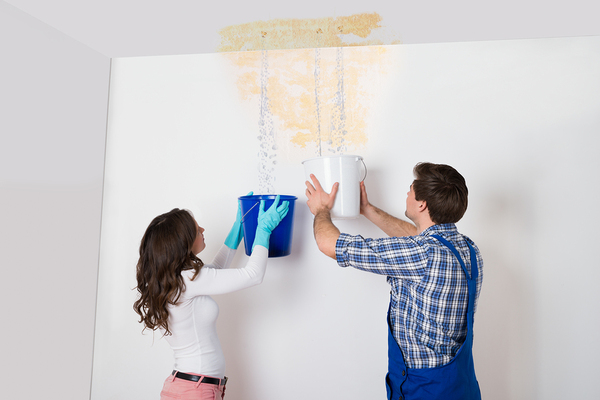Unveiling the Primary Sources of Leakage Inside Your House
Unveiling the Primary Sources of Leakage Inside Your House
Blog Article
Were you hunting for ideas around How Fast Water Damage Can Ruin Your Home?

Leaks not just cause waste of water however can likewise trigger unneeded damage to your home and also advertise undesirable natural growth. By recognizing and looking for everyday scenarios that trigger leaks, you can secure your home from future leakages and unnecessary damage.
Instant temperature level adjustments.
Extreme temperature adjustments in our pipelines can cause them to broaden as well as get all of a sudden. This expansion and tightening may cause fractures in the pipelines, specifically if the temperature are below freezing.
Rusty water systems
As time passes by, your plumbing system ages and also deterioration such as corrosion may start eating away the pipelines. This might be the root cause of staining or warping on your water pipes. This requires an assessment with your plumber quickly. If our plumbing system is old, think about replacing the pipes since they are at a higher risk of corrosion than the more recent designs.
Malfunctioning Pipe Joints
Pipe joints can deteriorate over time, resulting in water leakages. If you have loud pipelines that make ticking or banging noises, particularly when the hot water is transformed on, your pipe joints are most likely under a great deal of stress.
Elbowing in roots
A lot of water leakages begin outside the house rather than inside it. You might notice damp patches or sinkholes in your backyard, and also that might indicate that tree roots are getting into water lines causing water to seep out.
Poor Water Connectors
At times, a leak can be triggered by loose tubes and pipelines that supply your home appliances. In case of a water links leak, you might see water running straight from the supply line or pools around your home appliances.
Obstructed Drains
Clogged drains might be aggravating and inconveniencing, but they can sometimes wind up causing an overflow resulting in rupture pipes. Keep removing any materials that might go down your drains pipes that might block them to stay clear of such inconveniences.
All the above are sources of leaks but not all water leakages arise from plumbing leakages; some leaks might originate from roofing leaks. All leakages should be repaired immediately to avoid water damages.
Leakages not only create waste of water yet can also cause unneeded damages to your residence as well as promote unwanted natural development. By looking and comprehending for everyday scenarios that trigger leakages, you can shield your home from future leakages and unneeded damage. Today, we will certainly look at 6 leak triggers that might be creating your pipes to trickle.
At times, a leakage can be triggered by loose pipes and also pipes that supply your appliances. In case of a water connections leak, you may discover water running directly from the supply line or puddles around your home appliances.
How To Check For Water Leak In Your Home
How To Check for Leaks
The average household's leaks can account for nearly 10,000 gallons of water wasted every year and ten percent of homes have leaks that waste 90 gallons or more per day. Common types of leaks found in the home are worn toilet flappers, dripping faucets, and other leaking valves. These types of leaks are often easy to fix, requiring only a few tools and hardware that can pay for themselves in water savings. Fixing easily corrected household water leaks can save homeowners about 10 percent on their water bills.
To check for leaks in your home, you first need to determine whether you're wasting water and then identify the source of the leak. Here are some tips for finding leaks:
Take a look at your water usage during a colder month, such as January or February. If a family of four exceeds 12,000 gallons per month, there are serious leaks.
Check your water meter before and after a two-hour period when no water is being used. If the meter changes at all, you probably have a leak.
Identify toilet leaks by placing a drop of food coloring in the toilet tank. If any color shows up in the bowl after 10 minutes, you have a leak. (Be sure to flush immediately after the experiment to avoid staining the tank.)
Examine faucet gaskets and pipe fittings for any water on the outside of the pipe to check for surface leaks.
Undetected water leaks can happen without the home or business owner even realizing. If you suspect a water leak, but not able to find the source. It is time to contact a professional water leak detection service, The Leak Doctor.
How To Find a Water Leak In Your Home
https://www.leakdoctor.com/blog/How-To-Check-For-Water-Leak-In-Your-Home_AE197.html

We had been introduced to that article on How to detect water leaks in your home through someone on a different blog. Are you aware of another person who is serious about How to detect water leaks in your home? Feel free to share it. I praise you for your time. Don't hesitate to check up our website back soon.
Book Maintenance Report this page